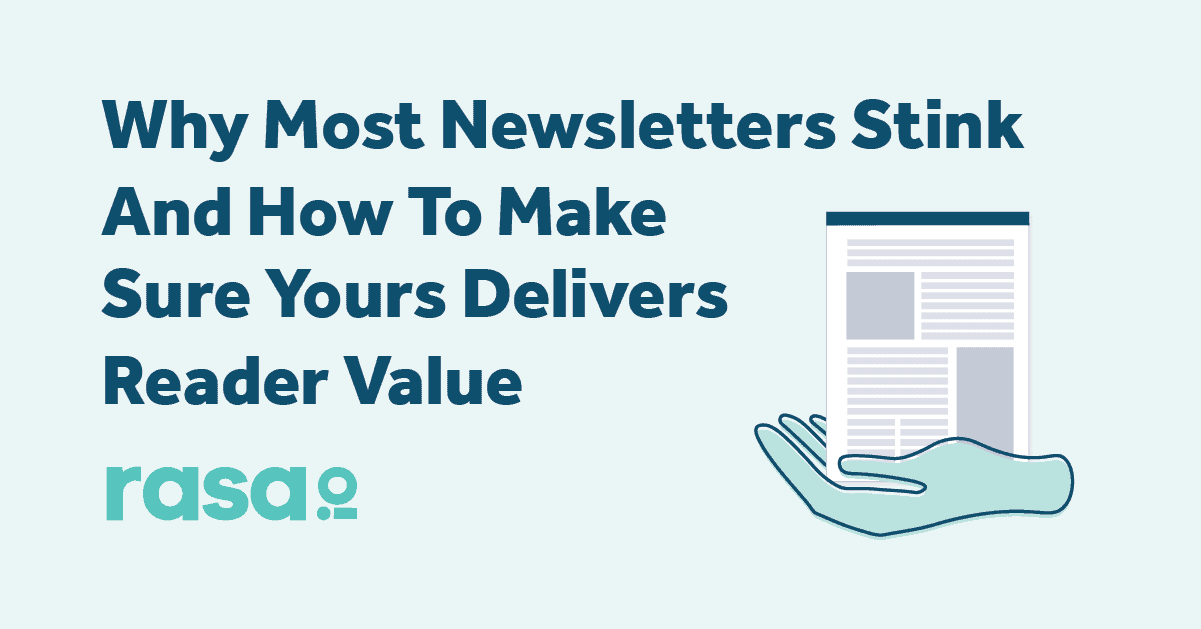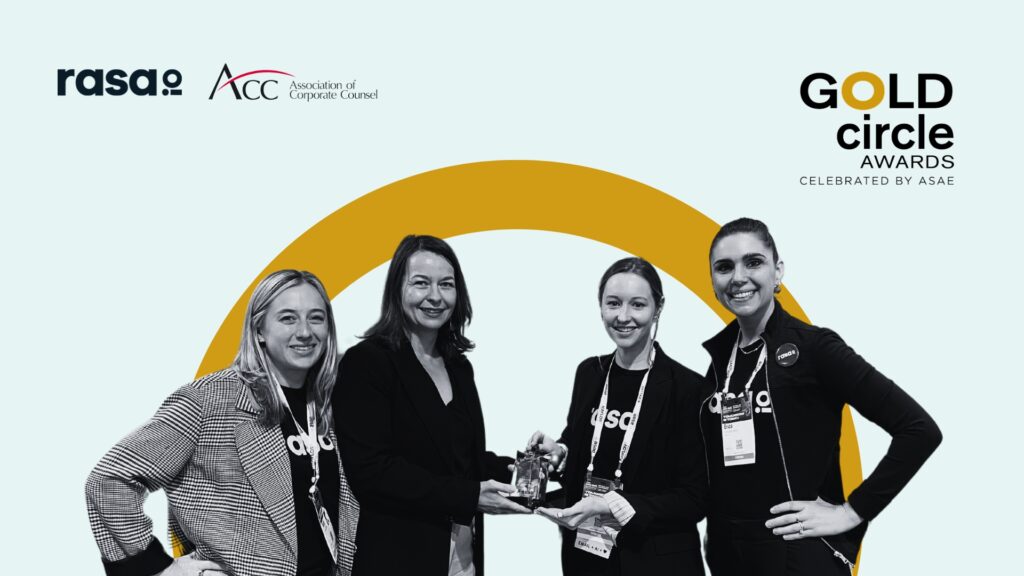Newsletters most certainly are not new. In one form or another, they have been around for generations and have been used by companies, governments, artists, writers and just regular individuals who want to share their points of view.
In their corporate form, newsletters have been used to communicate mostly what is new with an organization. Typical corporate newsletters share what has been going on with that company, including new products or services, notable announcements with key team members, and special offers or promotions. Some company newsletters may showcase a particularly impressive client or case study or an employee who has been recognized for outstanding service.
However, there are a number of problems with this approach. First, it means that it is hard to come up with a good reason to contact your audience on a high-frequency basis. This type of newsletter is most commonly done on a quarterly basis, and sometimes as often as monthly. Anything more than that would be overkill for anyone but the most enthusiastic fan of your business.
Frequency is one of the keys to forming trust with your audience and, ultimately, building a positive habit in their readership of your materials. Self-focused newsletters are inherently limited and don’t solve the frequency challenge.
The second major issue is the nature of the content itself. While the readers of your newsletter are interested in what is going on with your company and your point of view on important subjects related to your brand, they typically aren’t interested in just hearing about you. They want to hear about topics that relate to their businesses or lives. They want to read content that is about them, not just content about you.
If you were to meet someone at a party and all this person did was go on and on about themselves and their favorite topics, would you choose to spend time with them the next time you saw them coming around? The person who drones on and on about himself isn’t likely to be someone people want to reconnect with later.
In Dale Carnegie’s How To Win Friends and Influence People, he describes a situation where someone he met at a party spoke to him about their passion for hours, and as the party was wrapping up, he conveyed to the host that he was a very interesting conversationalist. Carnegie had simply been a good listener and showed interest in the topics of greatest interest to his new acquaintance.
Listening actively and with empathy can build a bond when you are in person, and you can do the same through writing if you pay attention to what your readers are interested in and speak to topics that have to do with their lives, their businesses and their passions — even if they have little to do with your own products or services.
Modern marketing practices call for attribution and lead tracking from the first contact with someone all the way through “conversion,” which can mean different things for different companies. The problem with this sole focus on conversion is that it results in a transactional mindset whenever you create content.
Writing content with the focus being a conversion in the near term means that you pick topics that are directly related to your products or services. Most content marketing that I’ve come across is often thinly veiled “pitchware” that simply describes a problem that the company’s product can solve. While this type of content is fine at times, it can’t be the only thing you share with your readers; otherwise, they’ll quickly know you’re like that guy at the party who won’t talk about anything but himself.
It is time to flip the script. Moving forward, pay attention to being a great listener. Research the topics that your readers are most interested in. Think about current events, trends, opportunities and challenges in the lives of your readers. Focus on writing original content that relates to these topics in addition to your own areas of interest.
Additionally, you should be willing to curate great third-party content. This particular point often really irks marketers who are looking to drive clicks back to their own website. The common question people ask about curating third-party content is, “Why would I send people to another website?” The simple answer? Because that brings value to your reader. If you do this well, and do it consistently, people will look at your brand as a trusted advisor and friend, not just another pitch packaged as a newsletter.
Finally, if you have the technology available to do so, personalize the content for each reader or for each segment of your audience.
People are overwhelmed with a mountain of content coming at them every moment of the day. By sharing content that is objective and useful and isn’t exclusively your own, you create an experience that results in loyal readers. Loyal readers turn into brand advocates and share your message with their friends and colleagues because they found it to be genuine and useful in the first place. Seek to deliver more value than you extract, and readers will stick with you for the long haul.
Here at rasa.io, our focus is on building smarter email newsletters. Curated content is a key ingredient in making that happen. In addition to adding their original content, rasa.io users can add content sources like news websites, blogs, Twitter and Facebook accounts, and RSS feeds to create a pool of newsletter content.
Our platform takes that initial curation a step further by using artificial intelligence to sift through the content pool, track who is clicking on what, and customize your email newsletter for each and every subscriber. Each time you hit send, rasa.io generates a unique email newsletter for each reader.













